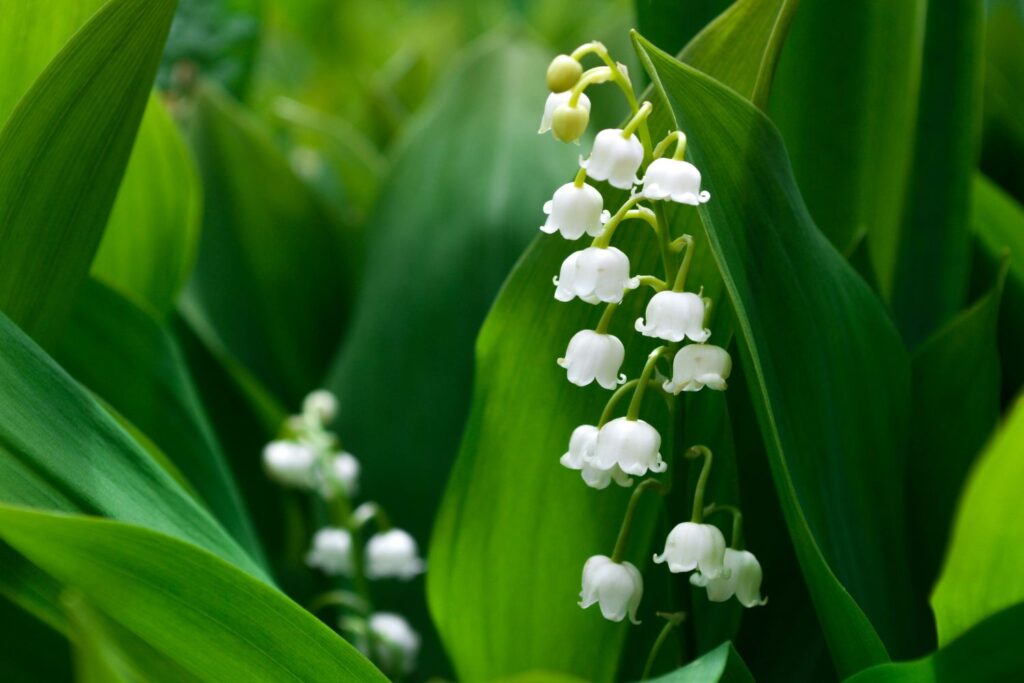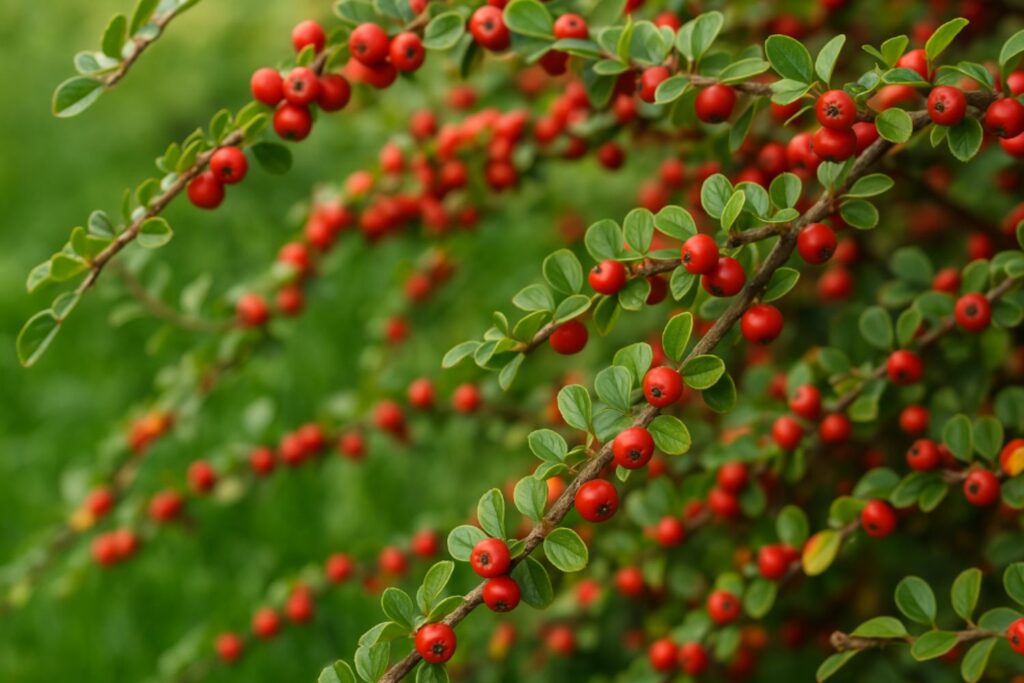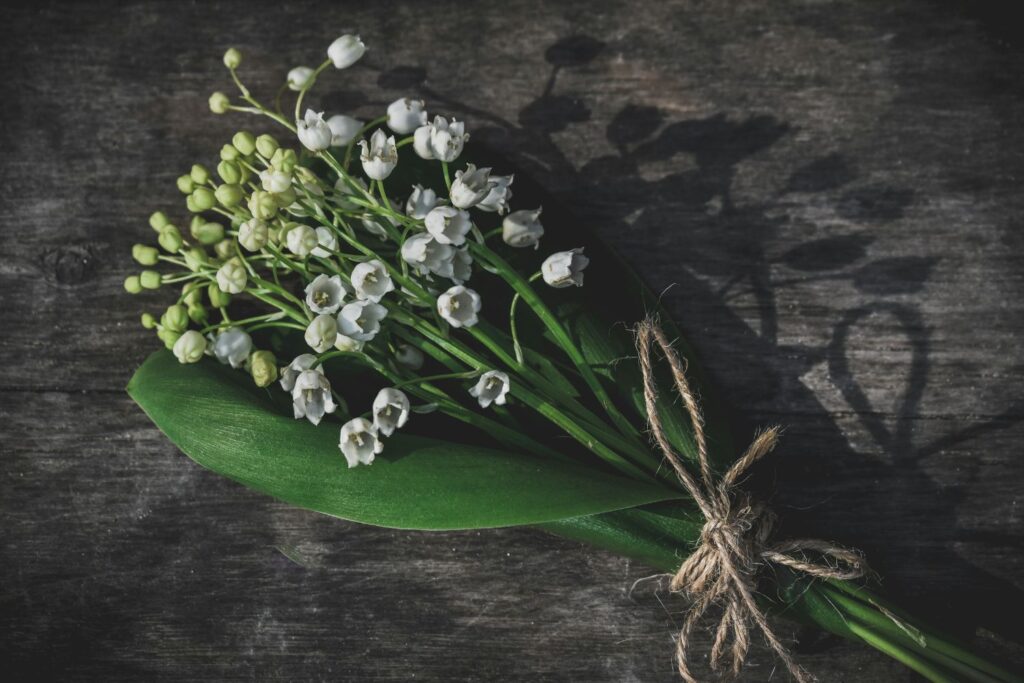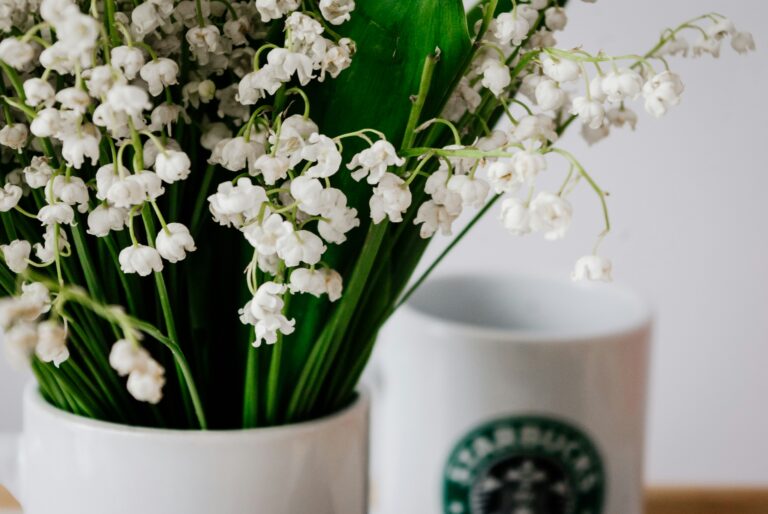May is when spring really hits its stride—flowers everywhere, longer days, and a sense that everything’s starting fresh. So it’s only fitting that May birth flowers are all about renewal, happiness, and quiet strength. And here’s the twist: May doesn’t just get one bloom, it gets two.
We present you: Lily of the Valley and Hawthorn. One is soft and fragrant, the other bold and rooted in folklore. Together, they represent the sweet and the strong sides of May. Whether you’re celebrating a birthday, planting a garden, or just love learning the language of flowers, these two are full of beauty and meaning.
Let’s dig into their stories.
What Are Birth Flowers?
Let’s rewind for a moment and talk about where this whole idea of birth flowers even comes from. You’ve probably heard of birthstones or zodiac signs, but did you know that every month has a flower (or two) attached to it, too? It’s true—and the idea has roots that go way, way back.
The tradition of assigning flowers to months likely began in ancient Rome, where blooms were believed to have spiritual meaning and healing properties. Fast forward to the Victorian era, and floriography—a fancy word for the language of flowers—became wildly popular. People used flowers to say what they couldn’t put into words. Sending a bouquet was like writing a heartfelt letter, petal by petal.
Each bloom represents the energy and themes of its month—whether it’s a January carnation that speaks to resilience, or a July larkspur symbolizing light-heartedness and love. For May, we get a sweet balance: Lily of the Valley, representing humility and happiness, and Hawthorn, a hardy flower that stands for hope and protection.
It’s a beautiful way to feel connected to the natural world and the time of year you were born—and to celebrate it with meaning.
May Birth Flower: Lily of the Valley
Often associated with springtime romance and good fortune, it brings a touch of timeless elegance to gardens and bridal bouquets alike. Discover the enchanting lore, meaning, and beauty behind this classic spring flower!
Lily of the Valley: History and Symbolism
Tiny, delicate, and utterly timeless—Lily of the Valley may not be the flashiest bloom in the garden, but it more than makes up for it with grace and heart. These little bell-shaped flowers have been winning hearts for centuries, and their story is as poetic as their look.
Legend has it that the flower sprang from the tears of the Virgin Mary, which is why it’s often called “Our Lady’s Tears.” Over the centuries, it’s popped up in royal gardens, bridal bouquets, and even as a symbol of love in fairy tales. It stands for purity, sweetness, and the return of happiness—and somehow, it manages to wrap all that emotion into the softest, most fragrant petals you’ve ever seen.

Lily of the Valley: Colors and Their Meanings
If you’ve ever spotted Lily of the Valley in bloom, you know there’s a certain magic to its tiny, bell-shaped blossoms. Most often, it arrives in that crisp, dreamy white—symbolizing purity, innocence, and new beginnings. It’s like the floral version of a clean slate, which makes sense given it tends to appear right when spring is in full swing.
But every now and then, you’ll come across a blush-pink version. Rare, soft, and a little unexpected, pink Lily of the Valley brings an extra layer of sweetness and romantic energy. Think quiet affection, tenderness, and moments that feel a little extra special.
- White: Purity, renewal, timeless charm
- Pink: Romance, gentle love, sweet surprises
These aren’t flowers that shout for attention. Instead, they whisper their message. Whether tucked into a bouquet or blooming quietly in a shady garden, their charm is in the details—and in what they represent for the month of May.
Lily of the Valley: Growing and Caring
Don’t let the delicate look fool you—Lily of the Valley is a surprisingly tough little bloom. It thrives in cooler, shady corners and spreads slowly but surely, turning any quiet patch of garden into a soft sea of green and white. Once it settles in, it comes back every year, like a sweet old friend who never forgets to visit.
- Sunlight: Partial to full shade is best. It loves a cool, protected spot under trees or near shady fences.
- Soil: Moist, well-drained, and rich in organic matter. Think forest floor vibes.
- Watering: Keep it consistently damp, especially during dry spells, but don’t overdo it.
- Safety Note: As charming as it is, every part of the plant is toxic if eaten. So, while it’s perfect for admiring, it’s not one for curious pets or tiny hands.
If you plant it in early spring, you’ll be rewarded with a garden moment that feels like a little secret—a patch of nostalgia that quietly announces the arrival of May.
May Birth Flower: Hawthorn
With its lush white or pink flowers and vibrant berries, the Hawthorn tree adds both beauty and mystique to the landscape. Dive into the fascinating history, symbolism, and enduring charm of this magical May bloom!
Hawthorn: History and Symbolism
Hawthorn isn’t your typical flower—it comes from a tree or shrub and blooms with clusters of tiny white or pink flowers. But what it lacks in delicacy, it makes up for in heart. This plant is steeped in folklore and legend, often seen as a symbol of protection, hope, and even magic.
In Celtic tradition, Hawthorn was considered sacred, associated with fairies and mystical powers. People believed that hanging its branches over doorways could guard against evil spirits. Over time, it also came to represent love that grows slowly but endures—a perfect contrast to the immediate sweetness of Lily of the Valley.
Hawthorn: Unique Characteristics
What makes Hawthorn stand out isn’t just its folklore or the fact that it blooms around May Day—it’s the whole package. With its thorny branches, delicate clusters of white or pink flowers, and bright red berries that follow, Hawthorn knows how to hold its own.
Its thorns? Nature’s built-in armor, offering protection to nesting birds and symbolizing resilience. Its blossoms? A magnet for bees and pollinators, turning any spring garden into a buzzing, lively scene. And those little red fruits—called haws—are a favorite for birds and a staple in herbal medicine for supporting heart health.
- Blooms in late spring, making it a perfect seasonal marker around Beltane
- Great for pollinators, especially bees and butterflies
- Tough and long-living, often lasting for decades or even centuries
It may not be as showy as other blooms, but Hawthorn carries quiet strength and a wild kind of beauty—the kind that sneaks up on you and stays with you.

Hawthorn: Growing and Caring
Adding Hawthorn to your garden isn’t just about aesthetics—it’s about planting something with roots in tradition, symbolism, and seasonal beauty. If you have space for a small tree or a generous shrub, this one is a solid pick. It’s the kind of plant that feels timeless and wise, like it’s been part of your backyard forever.
- Sunlight: Thrives in full sun, but it’s flexible enough to handle partial shade
- Soil: Not too picky, though it prefers well-drained soil with decent structure
- Watering: Moderate watering does the trick, especially once it’s established
- Bonus: It supports local wildlife, attracts pollinators, and asks for very little in return
And here’s a little extra charm—after its spring blossoms fade, Hawthorn shows off bright red berries through summer and into fall. It’s a year-round reminder of strength, patience, and nature’s quiet kind of magic.
How to Use May Birth Flowers
Celebrate the magic of May by incorporating its two beautiful birth flowers—Lily of the Valley and Hawthorn—into your life! Whether you’re crafting a heartfelt bouquet, decorating your home, or honoring traditions, these blooms bring elegance, fragrance, and deep symbolism to any occasion.
1. In Bouquets and Arrangements
Combining Lily of the Valley and Hawthorn in a bouquet creates a balance of softness and strength. The Lily of the Valley offers a sweet scent and elegance, while Hawthorn brings texture and symbolism. Together, they make for a meaningful and unforgettable arrangement.
2. As Gifts
- A potted Lily of the Valley is a sweet, living gift that will return each spring
- A Hawthorn tree sapling is a powerful symbol of protection and growth
- Floral-themed keepsakes or jewelry featuring May birth flowers are thoughtful alternatives
3. In Home Decor
- Add sprigs of Lily of the Valley to bedside tables or windowsills for a touch of spring
- Frame pressed Hawthorn blossoms for a natural art piece
- Create a seasonal wreath using branches, blooms, and greenery

Fun Facts About May Birth Flowers
- In France, it’s traditional to give Lily of the Valley on May 1st as a token of good luck and happiness. People even sell them on street corners to share the joy of spring.
- Hawthorn trees can live for hundreds of years—some even date back to medieval times. These trees have witnessed centuries of stories, battles, and blooming seasons.
- Despite its beauty, every part of the Lily of the Valley plant is poisonous if eaten. It’s a good reminder that something delicate can still be powerful.
- Hawthorn has long been used in herbal medicine to support heart health. In fact, it’s still used in natural remedies today.
- In folklore, Hawthorn was thought to be a gateway to the fairy world. Cutting it down was said to bring bad luck!
- Lily of the Valley was the favorite flower of Christian Dior. It inspired many of his designs and even became part of his signature fragrance line.
Conclusion
May birth flowers bring the spirit of spring to life. Whether it’s the delicate charm of Lily of the Valley or the quiet strength of Hawthorn, these blooms are full of meaning and beauty. They remind us to embrace new beginnings, cherish steady love, and celebrate the season of growth.And if you’re thinking of sending a thoughtful floral gift for someone born in May (or just because), you can never go wrong with a bouquet inspired by the month’s blooms. Especially when it comes from Ode à la Rose.





